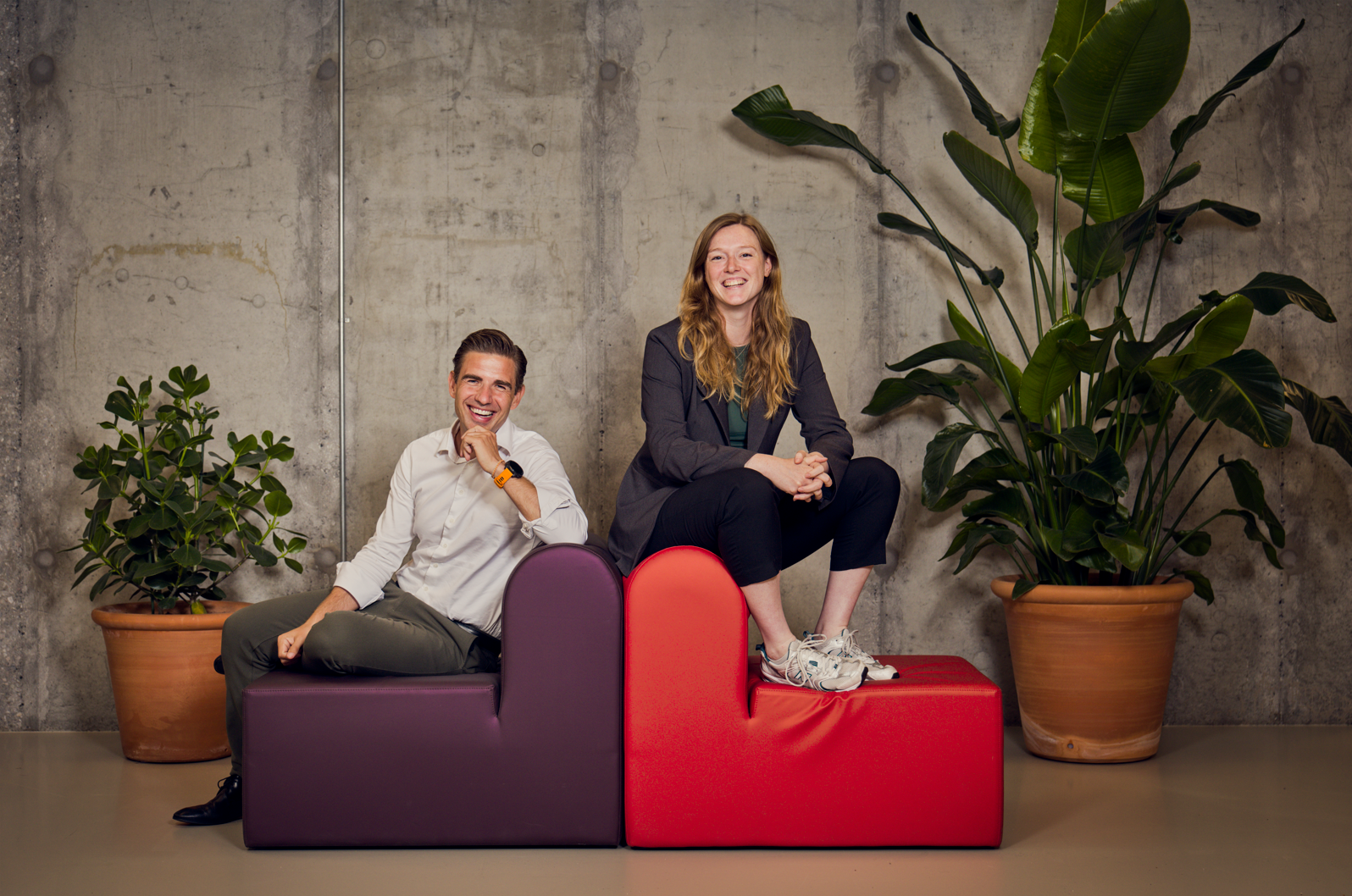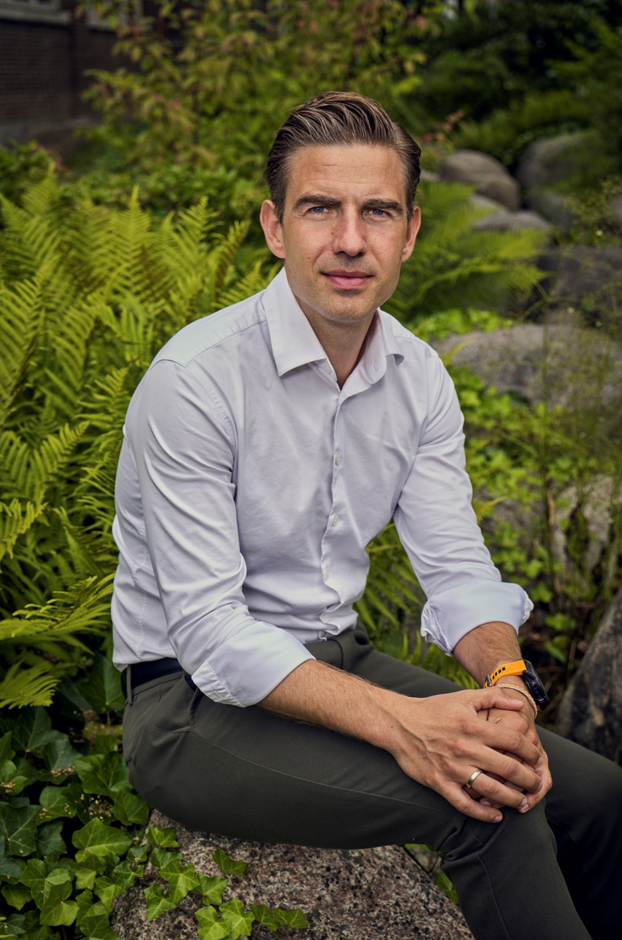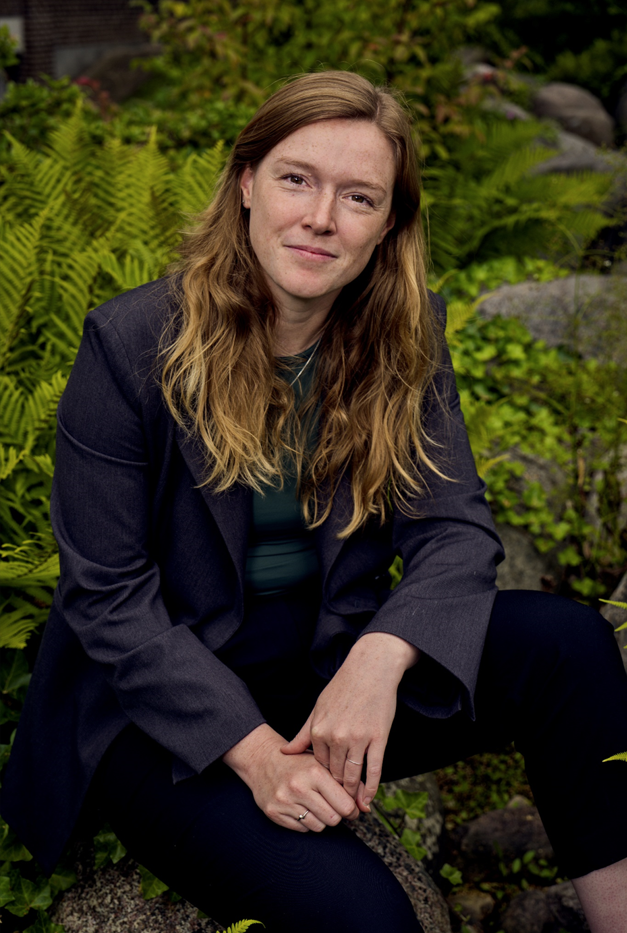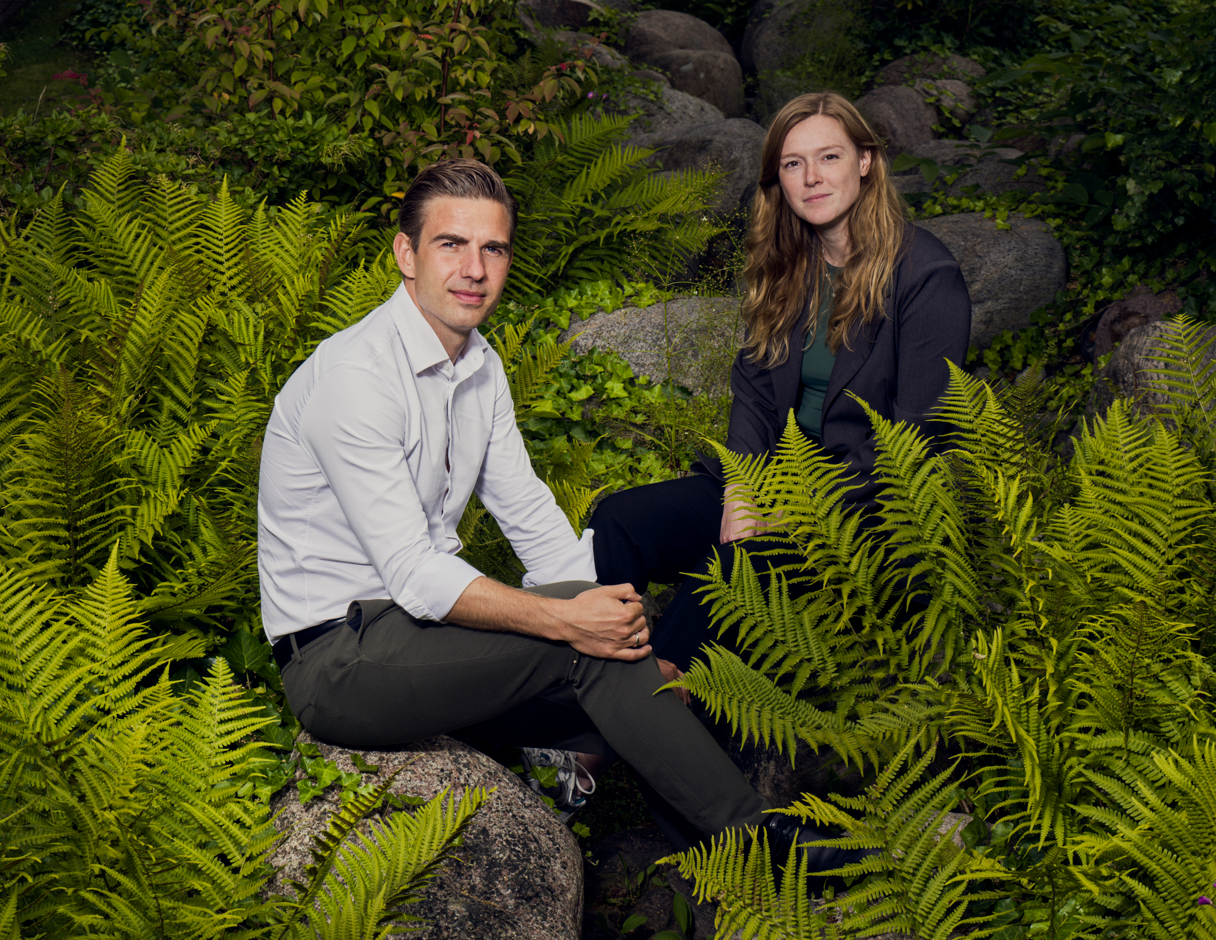In September 2025, the primary engineering-focused periodical in Denmark (Ingeniøren) ran an article exploring NNE’s efforts to implement a brand-new, AI-powered engineering model.
The content was in the form of a double interview in Danish with Frederik Klinge, VP of Engineering Model Transformation, and Marie Normann Gadeberg, a Senior Strategy Partner in NNE's Executive Office.
Enjoy!

There are no plug-and-play AI solutions for complex engineering calculations and design processes. That is why NNE is developing their own and strategically investing in integrating AI into complex engineering workflows.
Like many other companies, NNE is actively rolling out standard AI tools enhancing personal productivity through AI-powered meeting transcription, article summarisation, and much more.
But it does not stop there. The company has decided to take a major step forward. AI is to be embedded at the very core of NNE’s engineering expertise – applied to the central engineering model used by NNE’s engineers to design and build pharma facilities.
However, there are currently no off-the-shelf AI products that can support the entire engineering process. Certain technologies can cover parts of the need, but a designated task force at NNE must innovate, adapt and assemble the solutions to suit the complex reality that is API pharma engineering.

“We want AI to be part of the larger, cross-disciplinary processes in the organisation. We aim to support all the classic engineering workflows with artificial intelligence: calculations, design reviews, specification of standard components, detailing of 3D models and much more. We want to integrate AI deeply into our engineering work and connect it within our engineering model,” explains Frederik Klinge.
Strategic AI prioritisation
Since January 2025, Frederik Klinge has been leading the strategic AI transformation of the engineering tools used by NNE’s employees when designing new pharmaceutical manufacturing lines and facilities.
He is working closely with the aforementioned task force on setting a clear direction for the company’s AI efforts by optimising, standardising and digitalising workflows. It is about leveraging the many strong competencies that exist in the company – and doing so in a way that creates real value and unlocks success long-term.
Before you build, you have to listen
Implementing AI in an engineering company is one thing. Doing it in the pharmaceutical industry is something else entirely. Here, the requirements for data quality, documentation and regulatory compliance are significantly higher than in many other industries – placing great demands on both technology and expertise.
At NNE, these requirements are not only familiar – they are an integral part of the company’s DNA. Therefore, the next phase of the AI transformation is not about rolling out one big solution, but about testing the technology in practice through targeted pilot projects.

“We do not create AI solutions for the sake of the technology,” explains Marie Normann Gadeberg. With a background as an engineer from DTU and a specialisation in mathematical modelling and AI implementation, she works purposefully to ensure the technology addresses concrete business needs.
“It starts with understanding what pain points our colleagues experience in their daily work. We ask which workflows are the most troublesome. Then we look at how much we can standardise and digitalise – and only after that, how artificial intelligence can support the process,” Marie explains.
It is an approach that requires patience and close cross-disciplinary collaboration and integration. But it’s also an approach that ensures the solutions are meaningful, usable and value-adding.
In practice, this is implemented through a “human in the loop” model, where outputs are reviewed and validated before they are used in critical processes. This is a necessary safeguard when AI is part of deliveries to a highly regulated industry.
Reducing complexity
The integration of AI into NNE’s engineering model is not undertaken to generate more data, reports or workflows. Quite the opposite.
“Our model is already complex and has been fine-tuned over several decades,” explains Marie Normann Gadeberg. “Therefore, new AI solutions must not add complexity – they must reduce it.”
It is a balancing act that requires technical understanding, business insight and sharp prioritisation of where AI makes the most sense, she explains.
“We do not see AI as a goal in itself,” says Frederik Klinge. “It is about finding the places where we can make a real difference – and then tackling those.”
The balance between innovation and simplicity is crucial, because even the most advanced solution is only value-adding if it makes everyday life easier for NNE’s engineers.

A strategic journey – not a quick fix
The AI transformation at NNE is not an overnight pivot. It’s a sustained strategic priority and process, the aim of which is to optimise the engineering model and thereby transform the way projects are executed and delivered.
“We believe that in a year and a half, we will have completed ten pilot projects and implemented two to three AI solutions,” says Frederik Klinge. “But the most important thing is that we build a solid foundation, both technically and organisationally, so we can scale and evolve over time.”
If you want to learn more, come talk to us at Denmark's largest digitalisation expo Digital Tech Summit, 5-6 November 2025. Hope to see you there!
